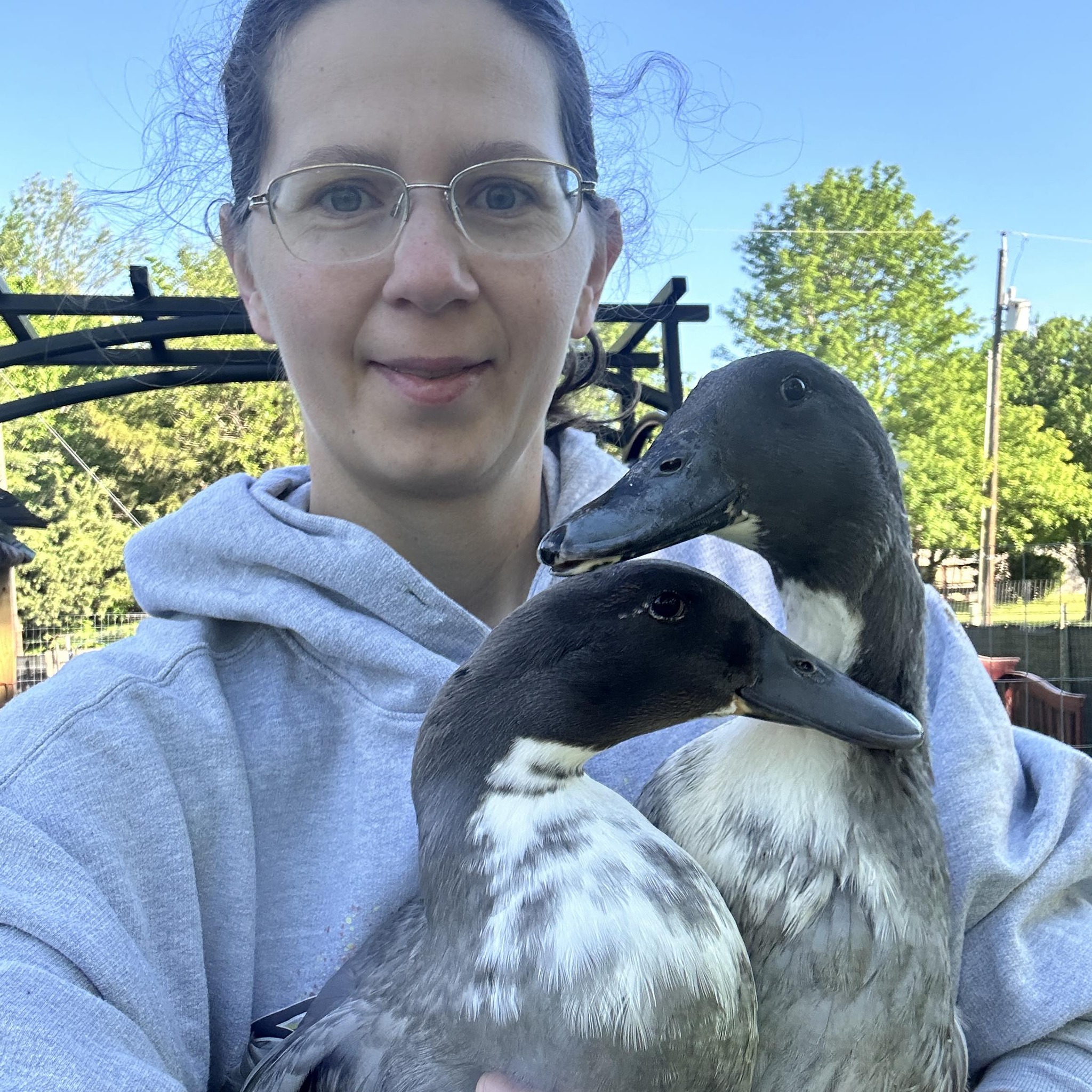Making Sourdough Bread
The main thing I hear from my sourdough students is that it seems very intimidating to learn sourdough and they aren't sure if it is something they can do. I always tell them its not as complicated as it looks and its all about learning your starter and your dough. Once you have the feel of both things down it is easy to modify your recipe to add the inclusions you want or try new recipes.
Today I am going to share a beginner sourdough recipe with you. I opted to share one that is a lower hydration so the dough is easier to work with and the results are consistent.
I recommend that you weigh all ingredients because depending on how you measure out ingredients, it could affect the weight. For example, there is a big difference between scooping flour into a cup and spooning flour into a cup, these 2 methods will give you very different weight of flour for the same cup of flour measured. I am one who measures with my heart on a lot of things especially inclusions. However, one thing I do not measure with my heart on is my starter, flour, and water. These things need to be accurate to have a consistent loaf every time.
Want to expiriment? Create a sourdough notebook and play with your ratios, and your measurements to see what happens to the dough when you change the numbers. Another way to expirment is by varying your fermentation times and keeping a log of what happens through the process and the outcome when you cut into your loaf of bread. I love trying new things and seeing what might happen!
Supplies Needed
- 1 or 2 - Medium/Large Bowls - 1 for mixing and 1 for bulk fermenting. Sometimes I just bulk ferment in the same bowl.
(I love the Tupperware Thatsa Bowls for mixing but any bowls will work great)
- Flour sifter (optional, but creates a better loaf if you use one)
- Fork to mix with
- Scale to weigh ingredients & dough - grams is best as its more accurate. This is the one I bought to replace mine that quit this past month.
- Flour sack towel or muslin to cover bowl while bulk fermenting (I just buy muslin by the yard at Hobby Lobby and cut it to the size I need to cover the bowl.)
- Small bowls or banetons for cold fermenting - I use different sizes of cereal bowls depending on if I am making full size or mini loaves.
- You will also need muslin/fabric to line the bowls/banetons
- Plastic Wrap or Baggies to cover the bowls with so your dough doesn't dry out in the fridge during cold ferment.
- Bowl Scraper to divide dough with (optional)
- Apron (optional)
- Ingredients (see below)
- Dutch Oven or Roaster Pan - I personally prefer the roaster pans because 1) I can fit more in my oven for bulk baking and 2) they are so much lighter for moving in and out of my oven!! I do own cast iron pans similar to the ones in the link for dutch ovens. However mine are camping ones from Cabela's and VERY heavy. Keep this in mind when you are purchasing or finding items in your kitchen to use. The lighter roaster pans are so much easier to use!
- Parchment paper
- Lame or razor blades to score the bread. I like this one but I also just used regular razor blades you can buy in bulk packs anywhere when I first started because I did not want to invest alot of money before I found out if I could even eat sourdough on a consistent basis.
- Cooling racks
- Probe Thermometer - to temp your bread when done.
Ingredients
- 100 grams of active starter
- 375 grams of filtered water
- 500 grams of unbleached flour (Sometimes I make it with 20% wholewheat flour)
- 9 grams sea salt
Instructions
1) Thursday Morning I pull my starter out of the fridge and feed it 1:2:2. So if I have 60 grams of starter then I feed it 120 grams of flour and 120 grams of filtered water.
2) Thursday evening, I then take the 115 grams active starter and add the rest of ingredients to mix my dough*
3) Once it’s mixed into a smooth dough that bounces back when you press a clean finger into it, place it in a greased bowl and cover. Let it rest for 30 min.
4) After it rests for 30 min do 4-6 stretch and folds and let rest. (see video HERE.)
5) Do stretch and folds every 30 min up to 4 times. Sometimes I only have time to do it once other times I do it all 4 times. Stretch and folds help strengthen the dough and creates a better rise when you bake it.
6) Let the dough sit covered overnight. (bulk fermenting)
7) Feed your starter based on what you plan to do.
- If I am not baking anymore, I feed 1:1:1 (60 grams starter, flour, and water)
and put it back in the fridge.
- If I plan to make scones or something else then I feed it 1:2:2.
8) Friday morning, prep a small bowl or baneton with a piece of muslin cloth & lightly flour it with rice flour to prevent sticking (rice flour doesn’t burn when it goes in the oven later).
9) Shape your dough into a circle and place it in my bowl with the seam side up. I dust the top of my dough to prevent sticking and fold the muslin over the top and cover with plastic wrap
10) Place your dough in the fridge to cold ferment.
11) Sunday, Preheat your oven to 450 degrees Fahrenheit. (IF you are using a dutch oven, then you want to place it in the oven while it preheats.)
12) Once the oven comes to temp, pull your dough out of the fridge, flip it onto parchment paper, and score it.
13) Place some rice in the bottom of your dutch oven or roaster and place your bread in the pan carefully. Your cast iron will be super hot.
14) Then place your pan in the oven and bake for 30 min covered. Remove the lid and bake for another 10-15 min. uncovered.
15) To ensure your bread is completely done when you remove it - you can temp it. You want it to be 205-210 degrees. Remove from the oven.
- Use the parchment paper to lift gently out of the cast iron.
16) Remove from the parchment paper and place on a cooling rack.
17) Allow to completely cool before cutting.
Enjoy!
TIPS
**I would recommend that you start your first few loaves during the day so you can monitor how long bulk ferment takes for your environment. It depends a lot on temperature and humidity.
**I melted the silicone side of a hot pad trying to take my cast iron out of the oven. Now I only use the cloth side against the cast iron. So be very careful when moving your dutch oven in and out of the oven, as well as, when you take you bread in and out of it.
Questions?
I would love to see the loaves you bake and hear about the impact it has made for your family. I am happy to answer questions you may have and I do offer virtual private baking classes, as well.
You can reach me at luckyduckacres@gmail.com or on our Facebook page Lucky Duck Acres.
Remember in the old days, they had elders to teach them how to homestead, bake, and garden, so don't be afraid to ask for help
Til next time, keep livin’ that farm fresh life!
~ Megan Taylor

HEY, I’M Megan…
My husband and I are the proud owners of Lucky Duck Acres. While we both have full-time jobs in town that sometimes make it challenging to get everything done, homesteading is all about making the most of what you have. That’s why we started this blog—to inspire you to begin your own homesteading journey from wherever you are, even if you live in town.
If you had told me five years ago that I’d own a small-town home on just half an acre, complete with ducks and rabbits, I would have laughed and called it impossible. Yet today, I can’t imagine life without our feathered and furry little family, or turning our tiny piece of land into something we truly love.
Along the way, our homesteading adventure has grown to include farmers markets. We bring our extra duck eggs to market, and I bake sourdough bread and sweet treats that often sell out before the day is over! It’s been an incredible journey, and we’re excited to see what God has in store for us next.
Because of interest from market visitors, I’ve also started offering virtual sourdough classes via Zoom—including both prerecorded lessons and live one-on-one sessions.
It’s another way to share our passion and help others bring a little homesteading magic into their own homes.
JOIN MY MAILING LIST
Inspiring you to start your homestead journey from where you are, with what you have, your way.
info@luckyduckacres.com
Newsletter
Subscribe now to get updates.
Created with © systeme.io



